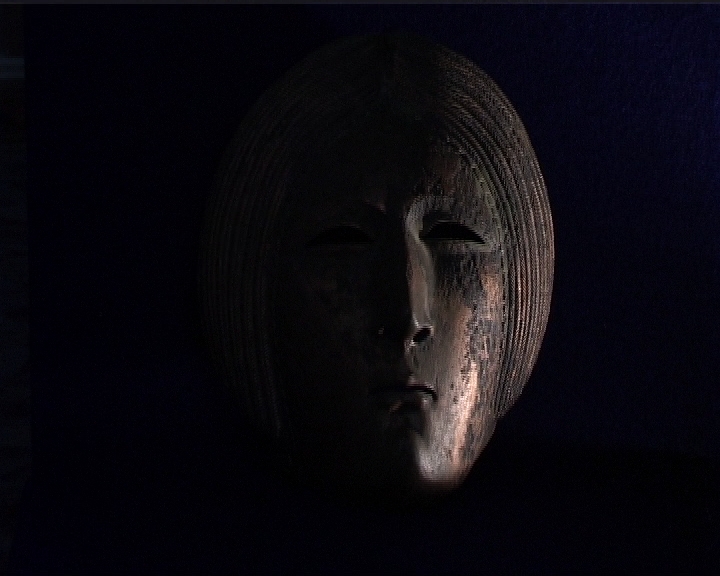Today Alburnus Major is called Rosia Montana, a part of the so-called “Quadrilateral of Gold,” a metalliferous zone in Romania. The complex of Dacian, Roman, medieval and Habsburg galleries is unique in the world for its size and state of preservation. With long sections still unexplored, the galleries may conceal priceless archeological treasures like the ones brought to light a few decades ago: twenty-five wax tablets from the Roman era. Unique historical and epigraphic records.
A Canadian mining company was given permission to develop a plan for the intensive exploitation of the Rosia Montana area. Large opencast mines like enormous volcanic craters will sweep away mountains, woods and villages. Sixteen thousand tonnes of cyanide a year will be utilized.
In the meantime archaeological excavations are being carried out at a frantic pace : a few centimeters below ground is hidden the whole fabric of Dacian and Roman urbanization. A fabric that is currently being investigated by archeologists seeking to understand just what we risk losing forever.
director: Adolfo Conti
locatios: Rome, Rosia Montana ( Romania)
year: 2004
lenght: 30 minutes
INFO
Festival and awards: special mention at CINARCHEA (Kiel 2004)
KINEON – Festival Internazional du Film Archéologique, Bruxelles 2005
Credits
scientific advisor: Livio Zerbini


Comments are closed